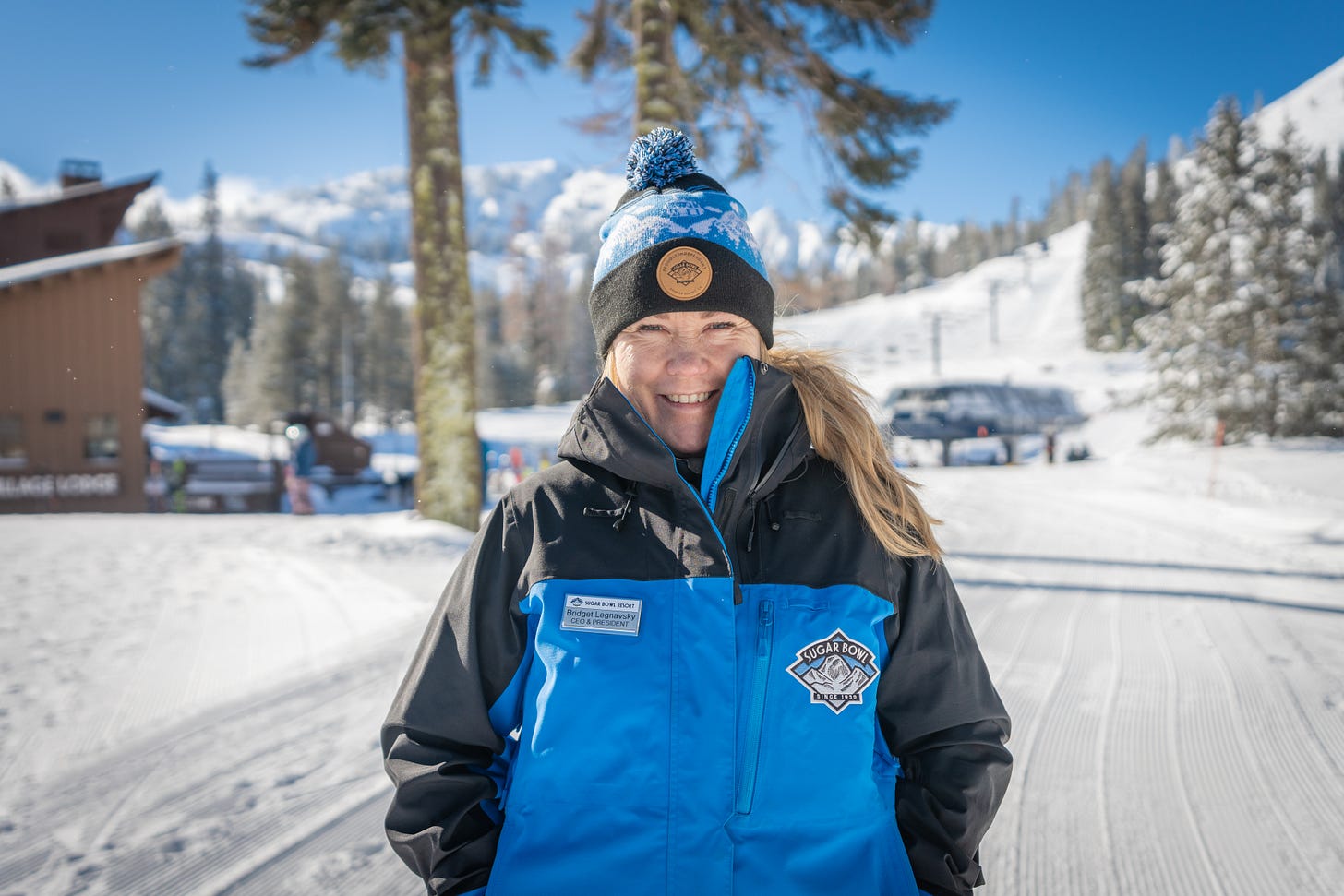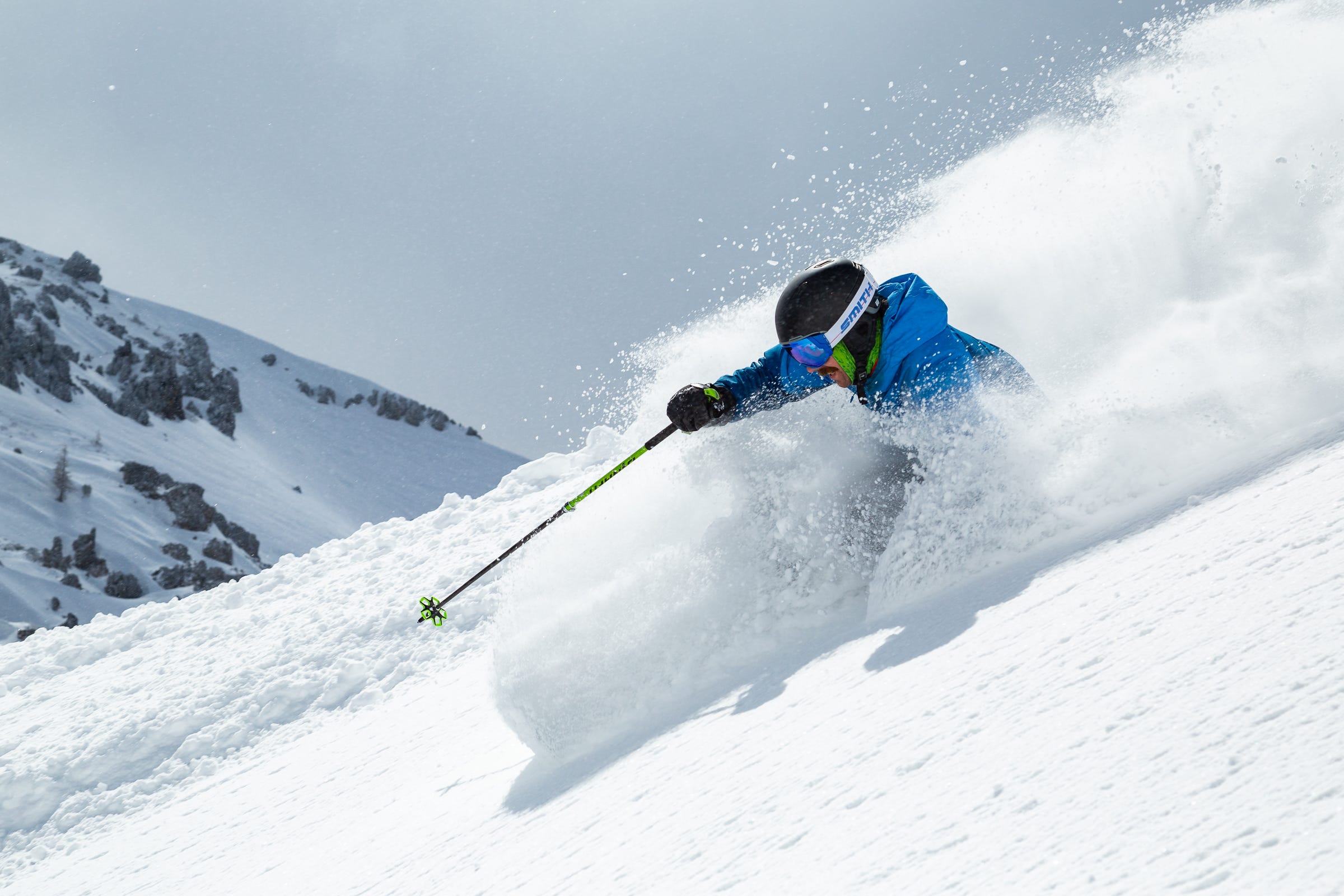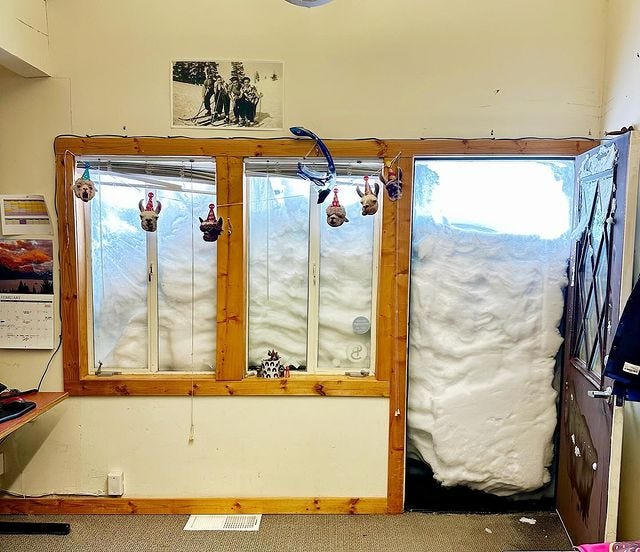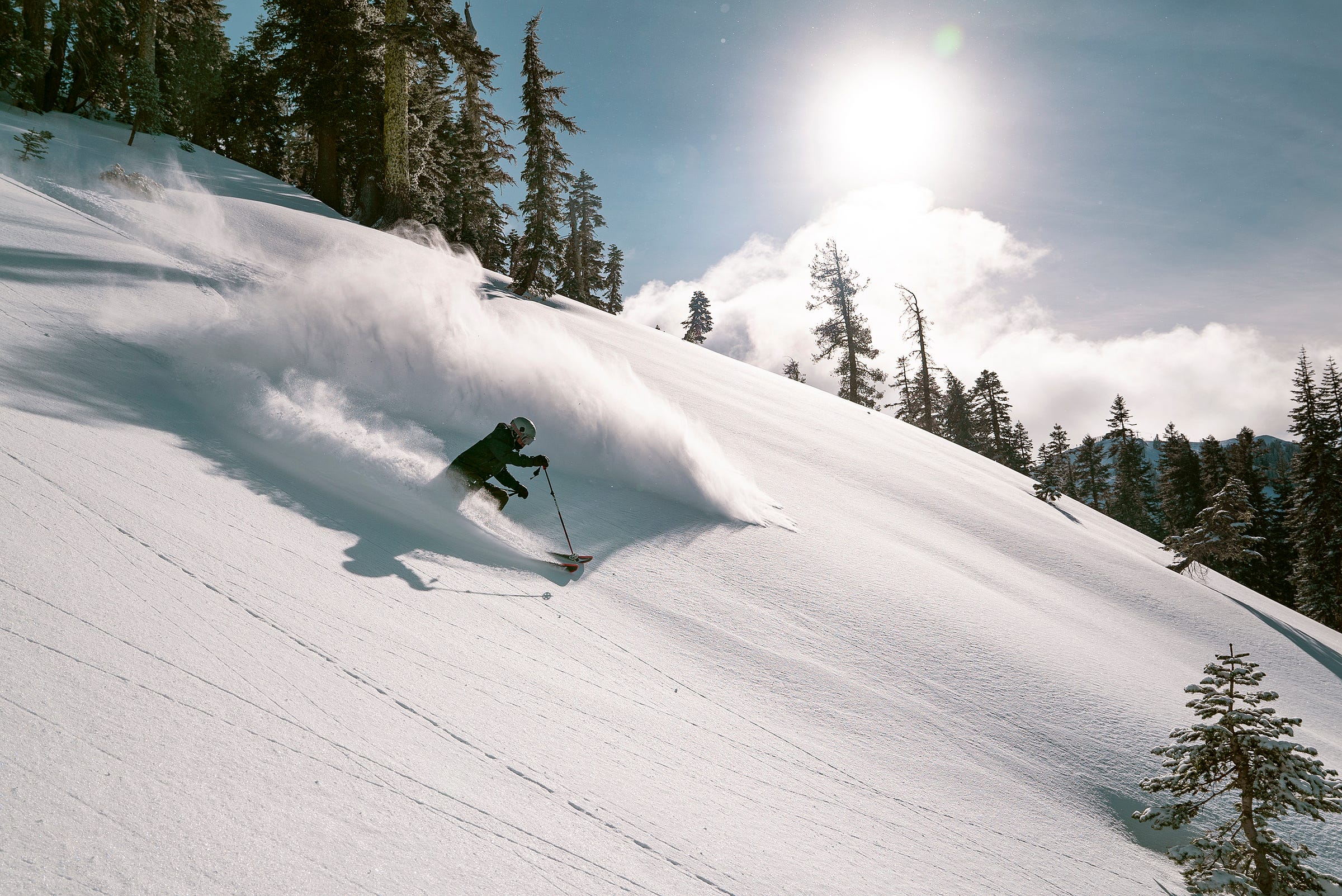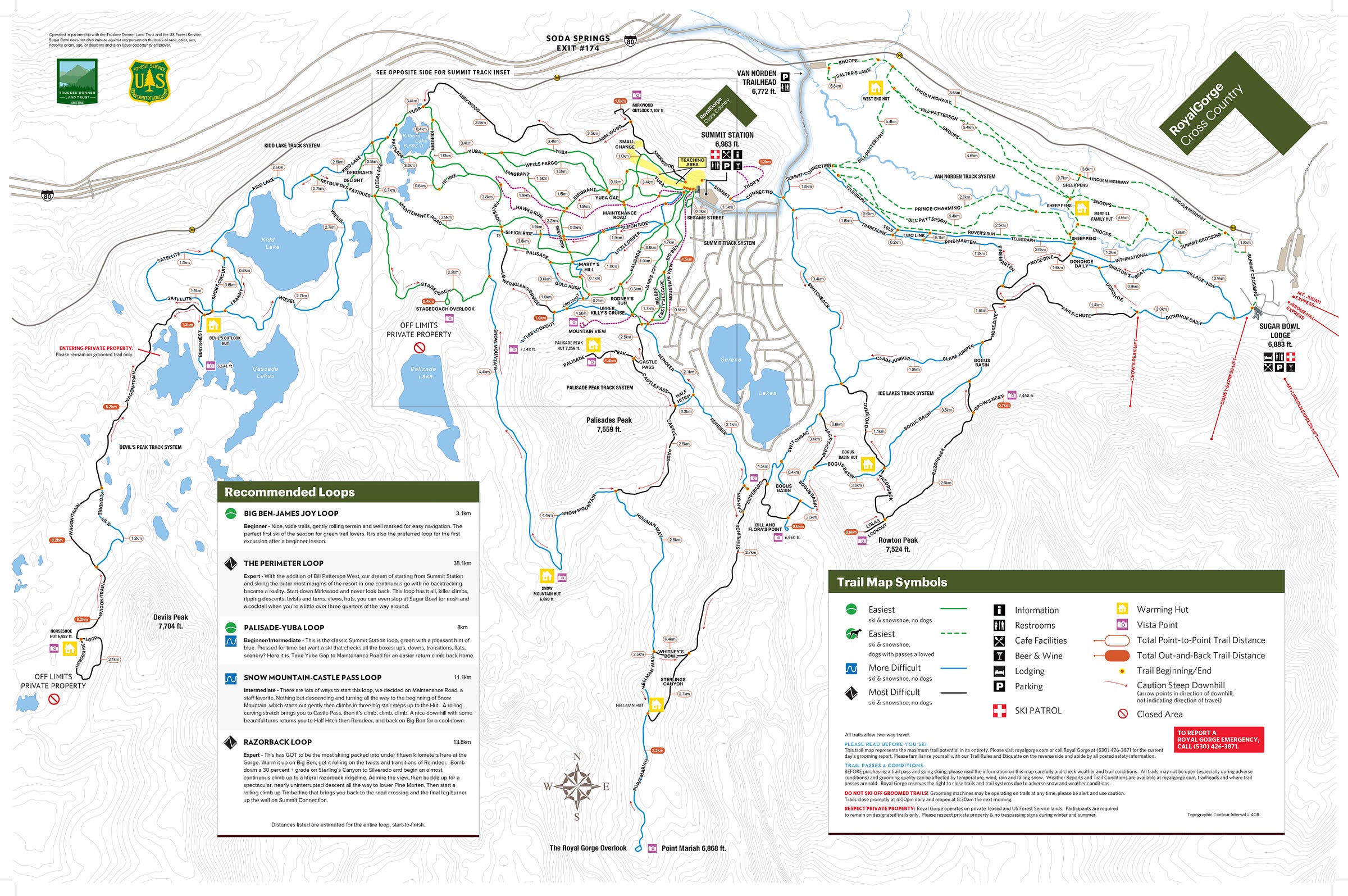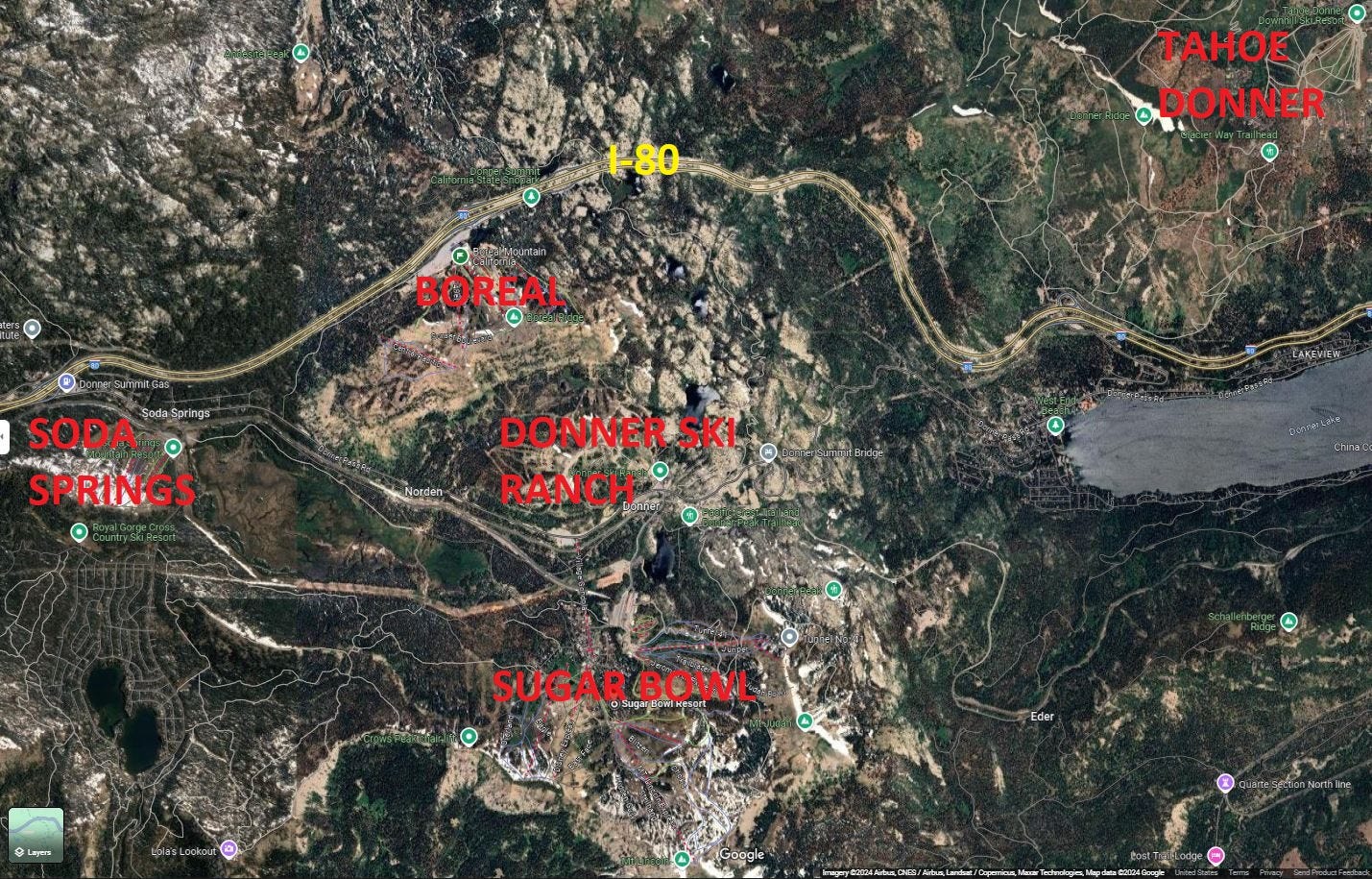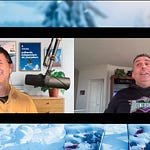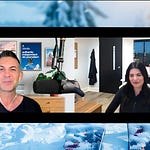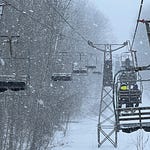Who
Bridget Legnavsky, President & CEO of Sugar Bowl, California
Recorded on
March 13, 2024
About Sugar Bowl
Click here for a mountain stats overview
Owned by: A group of shareholders
Located in: Donner, California
Year founded: 1939
Pass affiliations: Mountain Collective: 2 days, no blackouts
Closest neighboring ski areas: Donner Ski Ranch (:02), Soda Springs (:07), Boreal (:10), Kingvale (:14), Tahoe Donner (:24), Northstar (:27), Palisades Tahoe (:30), Homewood (:44), Diamond Peak (:52), Mt. Rose (:58), Sky Tavern (1:03) - travel times vary considerably given time of day, time of year, and weather conditions.
Base elevation: 6,883 feet
Summit elevation: 8,383 feet
Vertical drop: 1,500 feet
Skiable Acres: 1,650 acres
Average annual snowfall: 500 inches
Trail count: 103 (38% advanced, 45% intermediate, 17% beginner)
Lift count: 12 (1 four-passenger gondola, 5 high-speed quads, 3 fixed-grip quads, 1 triple, 1 platter, 1 carpet) - view Lift Blog’s inventory of Sugar Bowl’s lift fleet.
View historic Sugar Bowl trailmaps on skimap.org.
Why I interviewed her
Lagnavsky muses, toward the end of our interview, that Lake Tahoe in general is home to “the best skiing I’ve ever had in my life,” and that she can’t fathom why it’s not more of a national and international ski destination. This is coming from someone who has spent 30-plus years in the industry; who’s worked in Europe, Colorado, and New Zealand; who has freeskier credentials etched on her resume. She knows what she’s talking about.
And I agree with her. More or less**. Tahoe is spectacular. The views, the snow, the terrain, the vibe, the energy, the variety, the sheer audacity of it all. Sixteen ski areas rung around a 191-square-mile lake at the top of California*^. An improbable wintertime circus, one of the greatest concentrations of ski areas on the continent.
And no one would say there is any lack of people there. This is, again, California, home to 39 million Americans. Traffic and housing are big problems. But, being based in the East, I’m dialed into the way that much of the country thinks about Tahoe as a destination ski region. Which is to say, they mostly don’t.
And I don’t quite get why. It’s not hard to get to. Reno’s airport is closer to the major Tahoe ski areas than Denver’s is to Summit County. It’s not a huge facility, but it’s served by direct flights from 24 airports, including New York City and Chicago. While the roads can get nasty mid-storm, they’re mostly well-maintained federal and state highways. There are plenty of accommodations on or near the larger resorts. But anytime I ask an Epic- or Ikon-Pass wielding East Coast city skier where they’re going out west, they say the Wasatch or Colorado or Big Sky or Jackson Hole. And if I’m like “what about Tahoe,” they’re usually like, “there’s skiing in California? How strange.”
Not that the Epic and Ikon Tahoe mountains need more skiers. The San Francisco Chronicle ran a story a couple weeks ago about how fed-up Bay Area skiers were jetting to Utah and Colorado to outsmart the crowds (slow clap for that hack, Fellas). But there is a lot more to this sprawling, captivating ski region than Palisades, Heavenly, Northstar, and Kirkwood. And one of the most overlooked but also magical pieces of it is Sugar Bowl. And the fact that it’s not, for whatever reason, a destination to anyone outside of a 250-mile radius might make it exactly the kind of place that a lot of you are searching for.
**Settle down, Utah.
*and Nevada
^”Ummmm, the highest point in California is Mt. Whitney, which is nowhere near Lake Tahoe.” Thanks Doesn’t-Understand-Intentional-Hyperbole Bro. P.S. I hate you.
What we talked about
127 inches in one storm and yes that’s real; how do you even measure that?; the “storm troopers” living at Sugar Bowl; storm mode in Tahoe; adjustable lifts; this crazy door:
A season extension; how late Sugar Bowl could stay open and why it usually shuts down before that; ski New Zealand; Treble Cone; Cardrona; the global seasonal ski resort work cycle; never-summer; the biggest cultural adjustment coming to America after running resorts in New Zealand; who owns Sugar Bowl and how committed they are to independence; “We’re an independent resort surrounded by Ikon and Epic, and that’s making it really hard for Sugar Bowl to survive”; could Sugar Bowl join the Ikon Pass?; joining Mountain Collective; “part of the beauty of Sugar Bowl is that it’s uncrowded”; Shhhhhh-ugar Bowl; the three things that set Sugar Bowl apart in a crowded ski market; operating below comfortable carrying capacity; the village gondola; what happens when you live in a car-free village; considering a gondola upgrade; considering the lift fleet; why the Crow’s Peak lift is a triple chair, rather than a high-speed quad; “I do believe we could have the best beginner’s experience in the U.S.”; Sugar Bowl’s masterplan; village evolution; the curiosity of the small ski areas surrounding Sugar Bowl; “it’s got the best skiing I’ve ever had in my life here”; why isn’t California a destination ski market?; yes snowmaking is still helpful in Tahoe, and not just in the winter.
Why I thought that now was a good time for this interview
As far as mid-to-large-sized ski areas go, Sugar Bowl is about as well placed as any in the world. Its four peaks sit walking distance from Interstate 80, which mainlines Bay Area skiers into the mountains in under three hours (without traffic; yes, I know, there’s always traffic). Sugar Bowl is the first big ski area you hit riding east, and arguably the easiest to access. And it gets clobbered with 500 inches of average annual snowfall. Those are Alta-Snowbird numbers (keep moving, Canyon Bro; yes, it’s heavier snow, in general; I already told you LCC delivers the best skiing in America, so stop arguing about something we agree on).
And yet, skiing circa 2024 has set up a challenging obstacle course for Sugar Bowl to navigate. At least as a business. Legnavsky is frank in the podcast, telling us that, “we’re an independent resort surrounded by Ikon and Epic, and that’s making it really hard for Sugar Bowl to survive.” To underscore just how fierce competition for skiers is in Lake Tahoe, look how close Sugar Bowl is to Northstar, an Epic resort that is more than twice its size, and Palisades Tahoe, the 6,000-acre Ikon Pass monster just to its south:
It’s a tough draw. Though not as tough as that of the pass’ namesake Donner Party, who spent what would have been the bomber ski winter of 1846-47 snowbound at a nearby lake eating each other (reading the fevered history of this ordeal derailed me for half an hour while writing this article; I will just say that I’ve never been happier to live in the future). Still, for a business trying to make a go in the U.S. America of 2024, Megapass Monopoly is a tough game to play.
So if Sugar Bowl can’t beat them, why not join them? The mountain has, after all, already jumped on the Mountain Collective train. Why not just join Ikon and be done with it?
The answer, as you can imagine, is nuanced and considered. How does a ski area shape and retain an identity and remain a sustainable business in a vibrant ski region that is stuffed with snow and skiers, but also plenty of larger – and, frankly, less expensive (Sugar Bowl’s season pass is $1,099, more than the $982 Epic Pass) – ski areas? That, for now, is Sugar Bowl’s biggest challenge.
Questions I wish I’d asked
Sugar Bowl also owns the expansive Royal Gorge cross-country ski center, which they claim is North America’s largest, with more than 140 kilometers of trails. And while this trailmap resembles a Rorschach test slide (I see a bat, or maybe a volcano, or maybe a volcanic bat) more than any sort of guide I would be capable of following in and out of the wilderness, I can only assume this is impressive:
What I got wrong
I lumped Boreal in with Soda Springs, Tahoe Donner, and Donner Ski Ranch as a “small, family-oriented ski area.” That’s not really accurate. While Boreal, which, like Soda Springs, is owned by big bad Powdr Corp, is small by Tahoe standards, it’s really been transformed into a giant terrain park in line with the company’s Woodward Brand. It’s the only night-skiing operation in Tahoe, so the Park Brahs can Park Out Brah.
Why you should ski Sugar Bowl
“Part of the beauty of Sugar Bowl is that it’s uncrowded,” Legnavsky tells us in the podcast.
I’m sold.
To access the best version of modern U.S. skiing, you have to, I believe, find the ski areas with all the attributes of the destination resorts, minus their cost, congestion and Instapost-braggy name recognition. Places like Saddleback (a high-speed lift, lots of snow, great terrain, no people), Loveland (easy access, huge terrain, everyone sitting in their cars on the highway below, waiting to go skiing), or Sundance (modern lifts, great snow and scenery, minus the huge crowds just north; this also happens to be where I’m posted up at the moment, writing this article).
Sugar Bowl is one of these places. Five high-speed lifts and craptons of snow, without an access road that looks like the first draft of a caveman rollercoaster. While its 1,500-foot vertical drop ranks ninth among Tahoe ski areas, it clocks in at sixth in skiable acreage, with 1,650. Both numbers, in any context, are respectable, and will give an average skier more than enough to work with for a few days.
Vail has sold more Epic Passes every year since 2008. While new mountain acquisitions surely drove much of that growth, the company’s last new domestic pickup was Seven Springs and its sister resorts in 2021. That suggests that more Epic Pass holders are visiting the same number of ski areas each winter. I don’t know how many Ikon Passes Alterra sells, but no one at Palisades Tahoe is looking around and saying, “Man, Alterra really needs to spread the word about this place.”
I get it. The Epic and Ikon Passes are fabulous deals and fantastic products, granting Californians access to the big four Tahoe resorts and destinations far beyond. If you want to put skiing at the center of your winter, it’s hard not to buy one or the other or both. But there’s a tradeoff for everything. Every year, more people (probably; I’m speculating on Ikon) buy those passes. And every year, those resorts stay more or less the same size (with occasional expansions, like the sizeable expansions at Steamboat, Aspen, and Keystone this winter), implementing chessboard parking plans and building bigger lifts to keep the cauldron just at a boil. But you can turn down the heat yourself. Here’s the hack: exit Interstate 80 eastbound at exit 174, Donner Pass Road, drive three miles, park, and ski while everyone else is waiting to cash in their cheap Ikon Passes down highway 89.
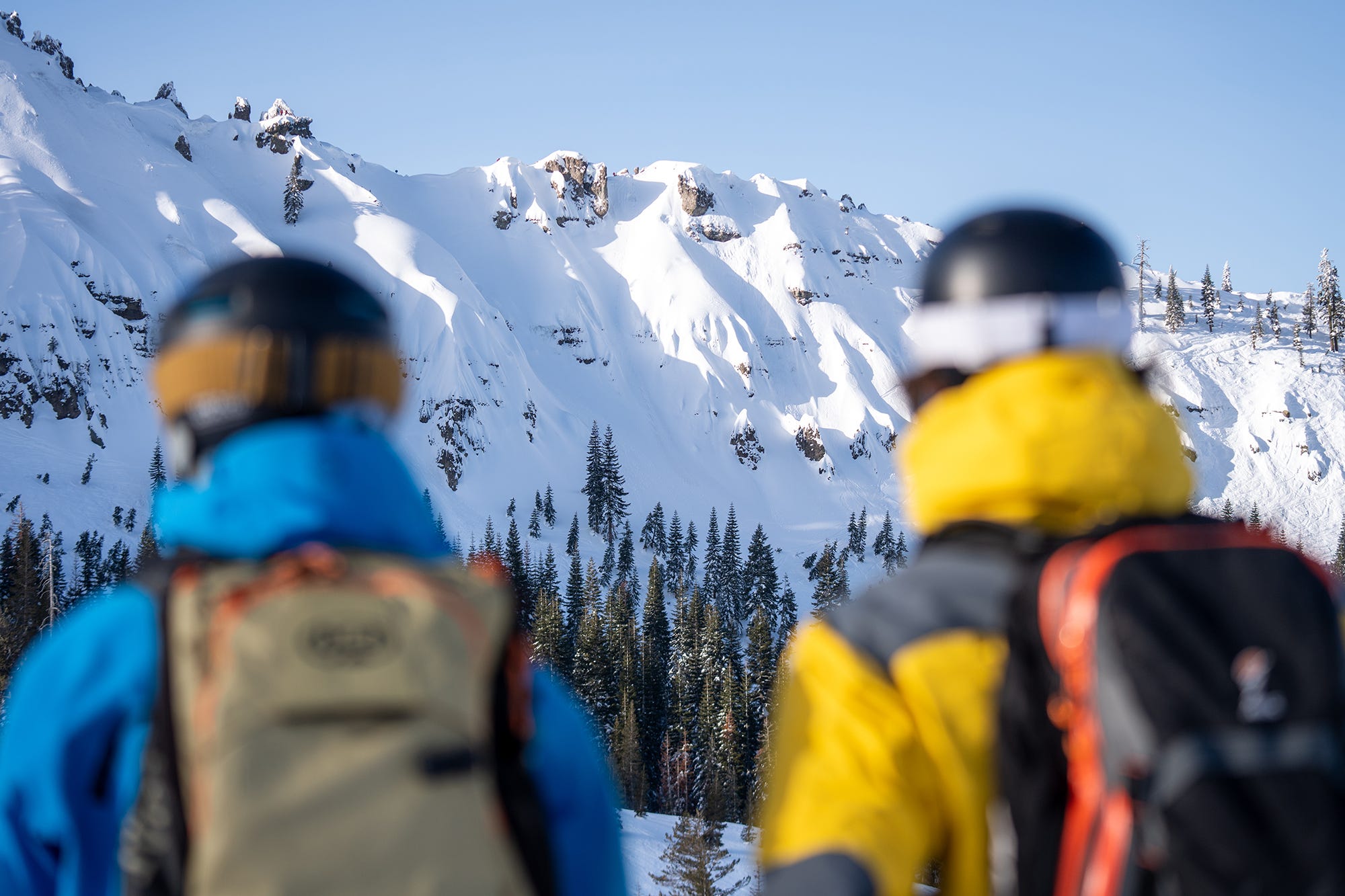
Podcast Notes
On Cardrona and Treble Cone
Legnavsky spent a large chunk of her career running Cardrona and Treble Cone, a pair of large ski areas 40 road miles apart on New Zealand’s South Island. Both sit largely above treeline. Treble Cone rises around 2,300 vertical feet:
Cardrona’s vert is just shy of 2,000 feet on 1,149 acres. While New Zealand is known for “nutcracker” surface lifts, Cardrona runs a legit lift fleet, with a chondola, two high-speed quads, two fixed-grip quads, a platter, and three conveyors:
If you do happen onto a nutcracker, here are some tips:
On the dense concentration of ski areas around Lake Tahoe
Resetting ye’ old Tahoe ski areas inventory:
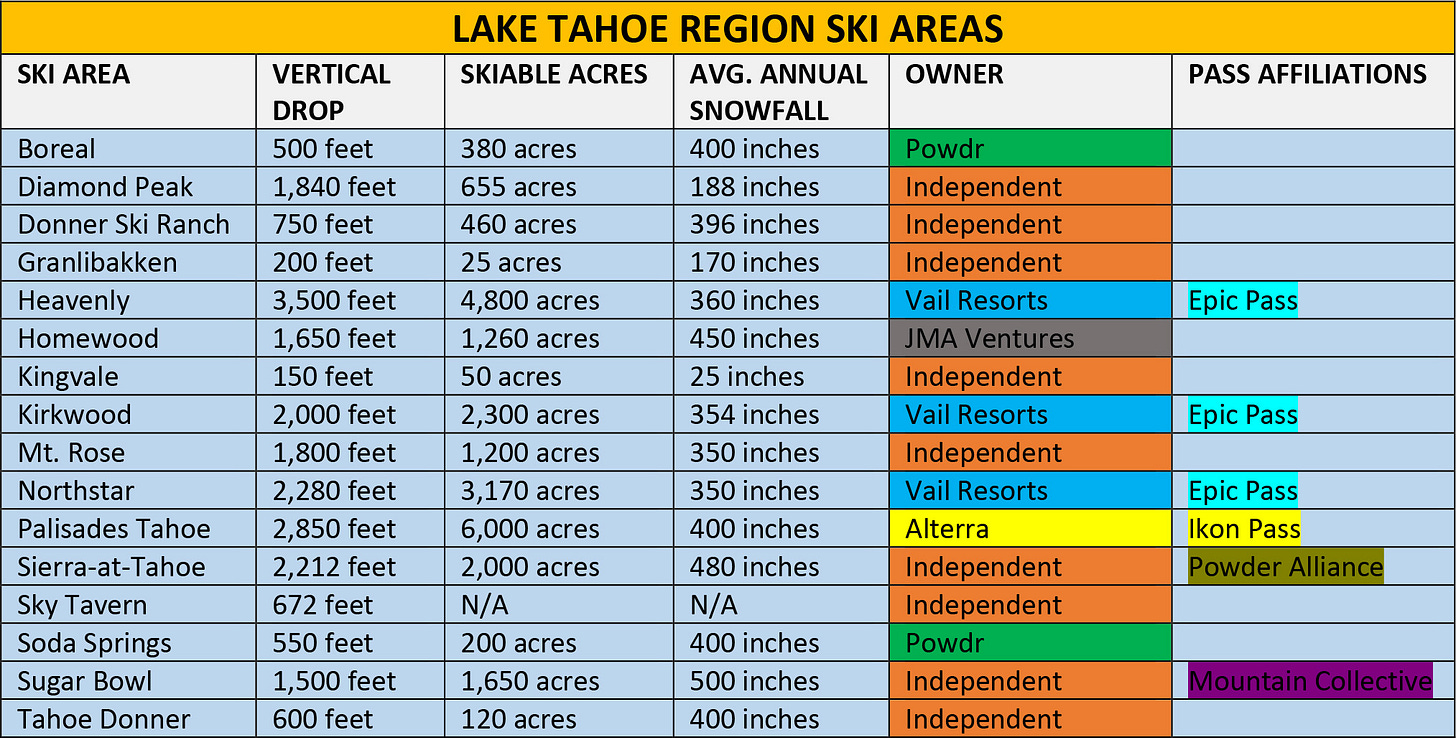
And here’s how close Sugar Bowl sits to its four small neighbors – Donner Ski Ranch is right across the street; Soda Springs and Boreal are right up the road; and Tahoe Donner is just a few miles east off Interstate 80:
On the Sugar Bowl gondola
Sugar Bowl runs what I believe is the last classic four-passenger gondola in the United States (Loon’s four-person gondola sports a more modern design):
On the old Crow’s Peak lift
Prior to expanding skier’s left into Crow’s Nest Peak in 2013, a Heron double chair that was also known as Crow’s Nest ran parallel to the Disney chair. Here’s the 2012 trailmap:
After the new triple chair opened, Sugar Bowl changed the double’s name to “Pony Express,” and eventually removed the lift around 2018.
On The Art of Skiing
We don’t discuss this in the pod, but here’s a Disney short from like 1702 or something that shows Goofy crushing it at Sugar Bowl:
The Storm publishes year-round, and guarantees 100 articles per year. This is article 22/100 in 2024, and number 522 since launching on Oct. 13, 2019.




